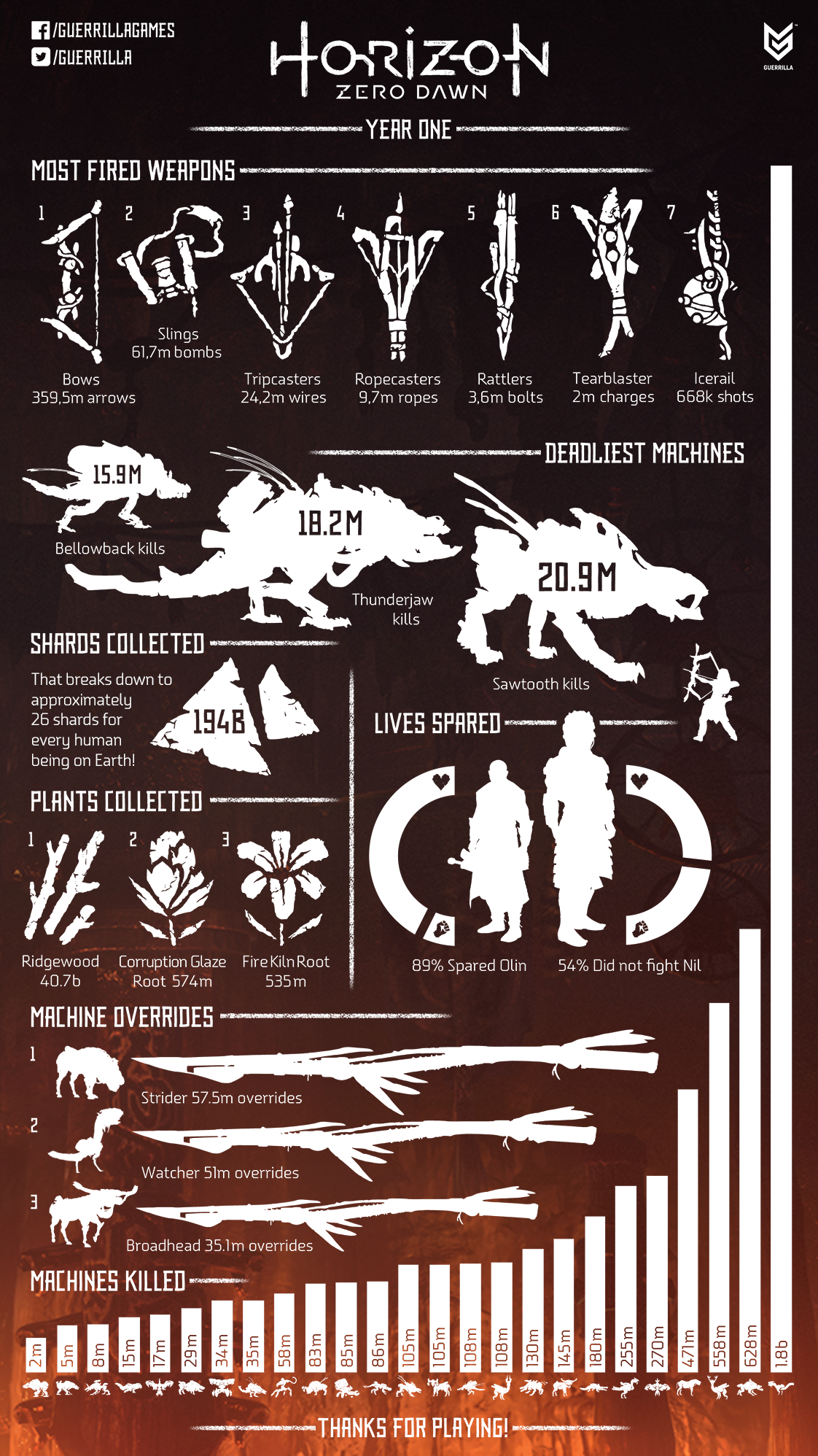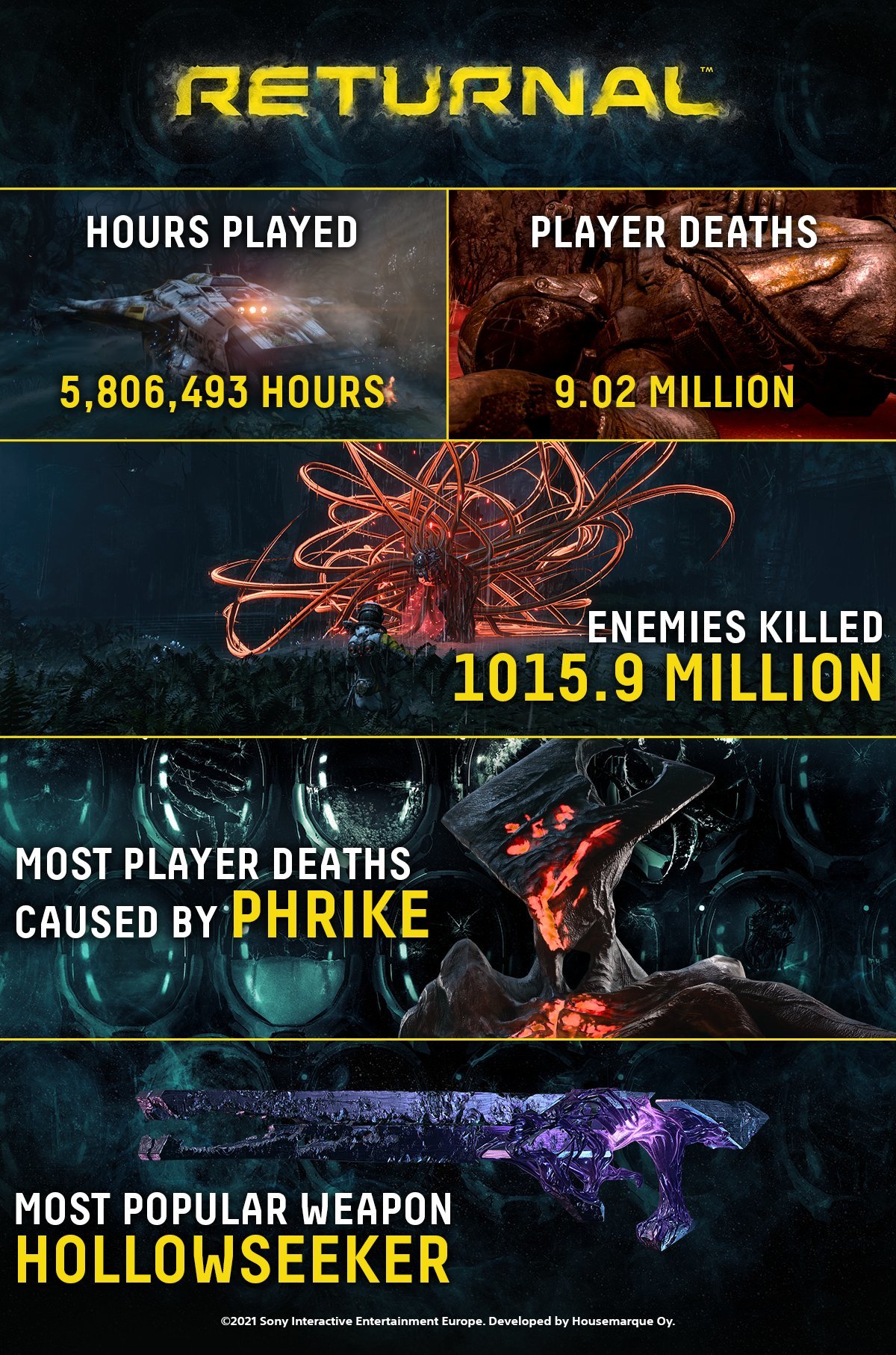Normalizing Player Surveillance through Video Game Infographics
The journal New Media & Society has just published the article Normalizing Player Surveillance through Video Game Infographics written by Jan Švelch. The article explores video game infographics based on player data obtained through game telemtries as fun trivia to be shared on social media platforms or disseminated by players and the specialized press. This way more problematic aspects of player surveillance, such as its use for player governance or monetization, are obscured by one-sided represenations of this proprietary data. The empirical analysis of 200 infographics suggests that the deliberate omission of more problematic and sensitive metrics points to the industry awareness of the potentially controversial nature of player surveillance if disclosed in full. Video game companies are extracting value from player behavior, yet portray the surveillance aparatus as a source of harmless fun facts.






The original abstract: As video game production is becoming increasingly data-driven, player surveillance shapes the everyday realities of users and developers. Remote online tracking and the resulting optimization and governance of in-game activity subscribe to the Big Data methodology as a way of accounting for entire player populations. By design, player surveillance serves the interests of developers and publishers, who have exclusive access to this proprietary data. Yet, discursively, these parties attempt to present surveillance as a mutually beneficial endeavor aimed at improving video games. A part of this strategy is the video game industry’s selective information disclosure, which I explore empirically on the example of telemetry infographics. Based on a thematic analysis of 200 infographics from 127 games, I show how publicly disseminated infographics contribute to the normalization of player surveillance by presenting it as a source of harmless trivia to be collected and shared by fans and the specialized press.

+ There are no comments
Add yours